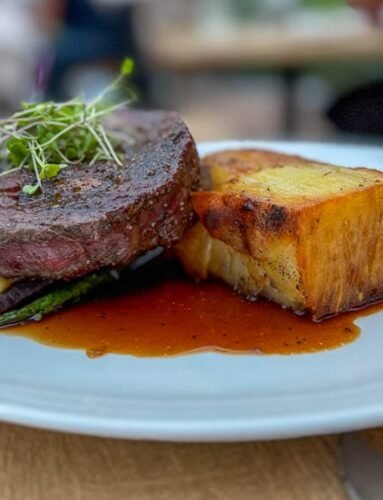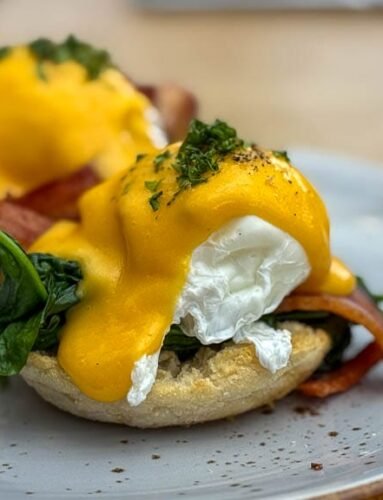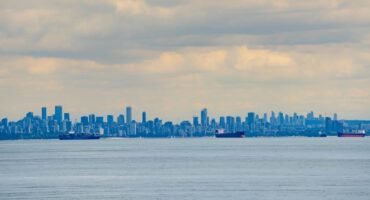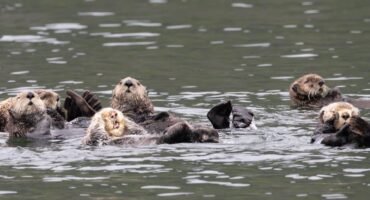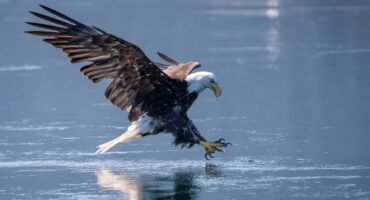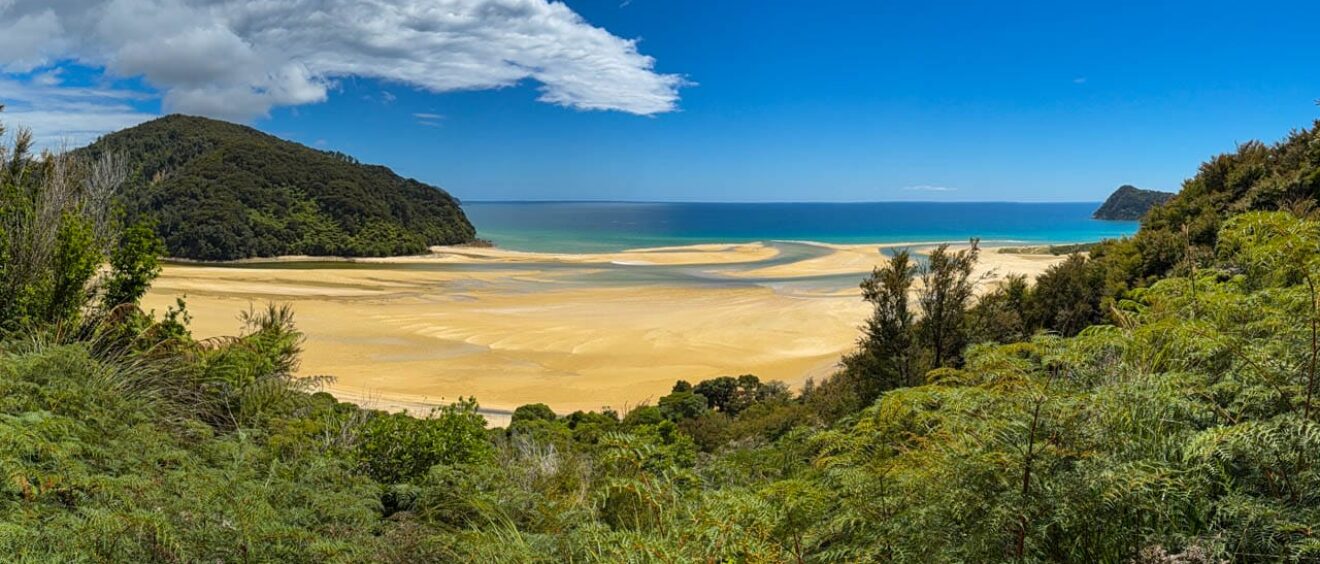
Hiking the Abel Tasman Coast Track (well, part of it)
- Rediscovering New Zealand: An Expedition to the Subantarctic and South Island Adventures
- Our Adventure Begins in Queenstown
- A Day Trip to The Remarkables and Glenorchy
- Te Anu and Milford Sound
- An Overnight Cruise in Doubtful Sound with Fiordland Expeditions
- Our "Galapagos of the Southern Ocean" Expedition Officially Begins
- Embarkation Day: Setting Sail for New Zealand's Subantarctic Islands
- Navigating Rough Seas at the Snares
- A Day in the Auckland Islands
- Discovering Macquarie Island
- A Glorious Day at Sandy Bay
- Christmas at Sea and the Wonders of Campbell Island
- Exploring Enderby Island
- A Surprise Second Shot at the Snares
- From Disembarkation to Dunedin
- A Heli-hike on the Tasman Glacier in Aoraki/Mt. Cook
- Lake Tekapo Weather Woes
- Chasing Dusky Dolphins in Kaikoura
- Hiking the Abel Tasman Coast Track (well, part of it)
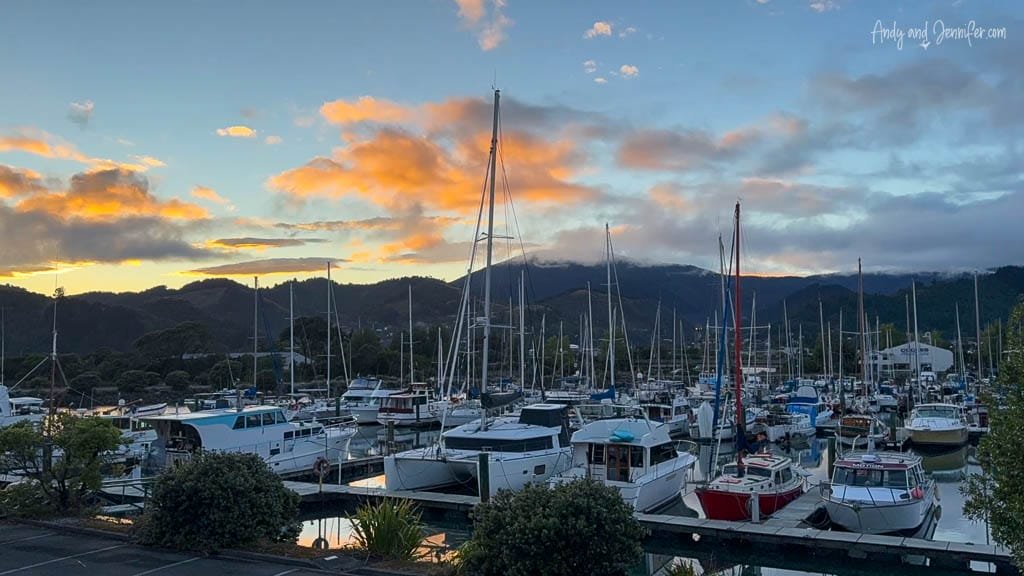
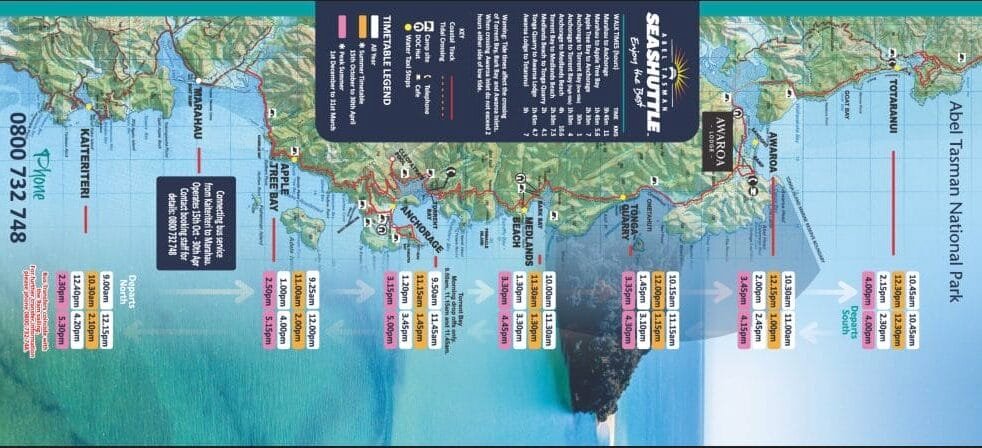
Screenshot
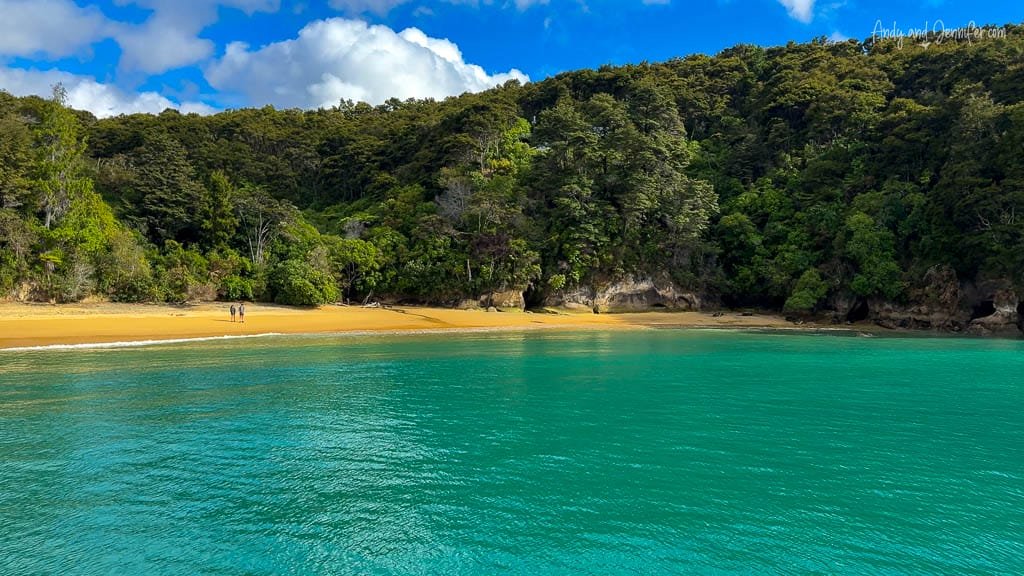
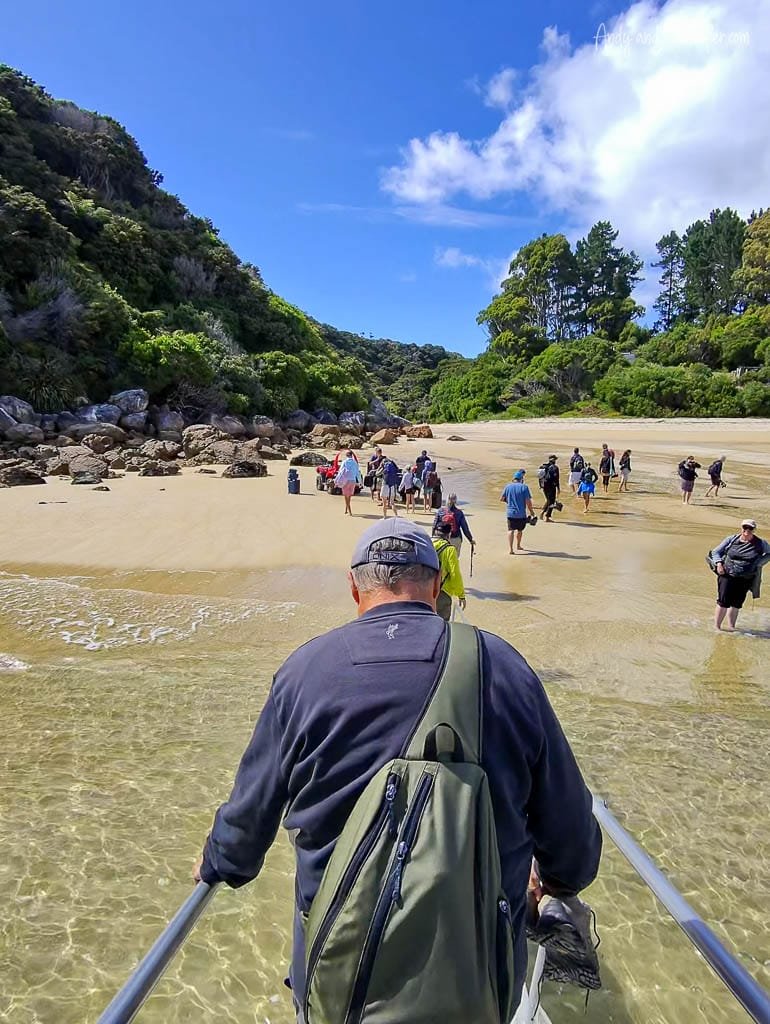
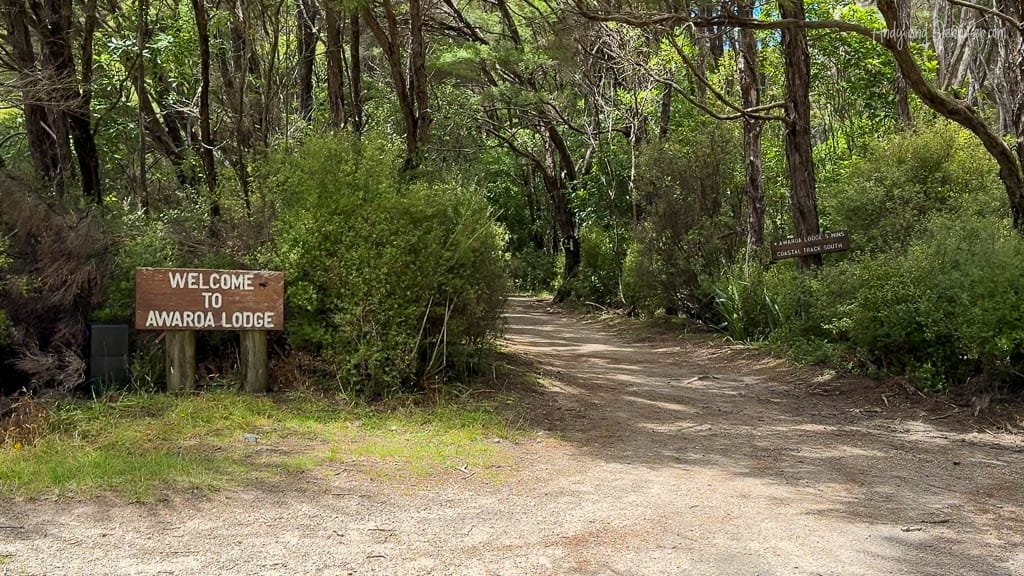
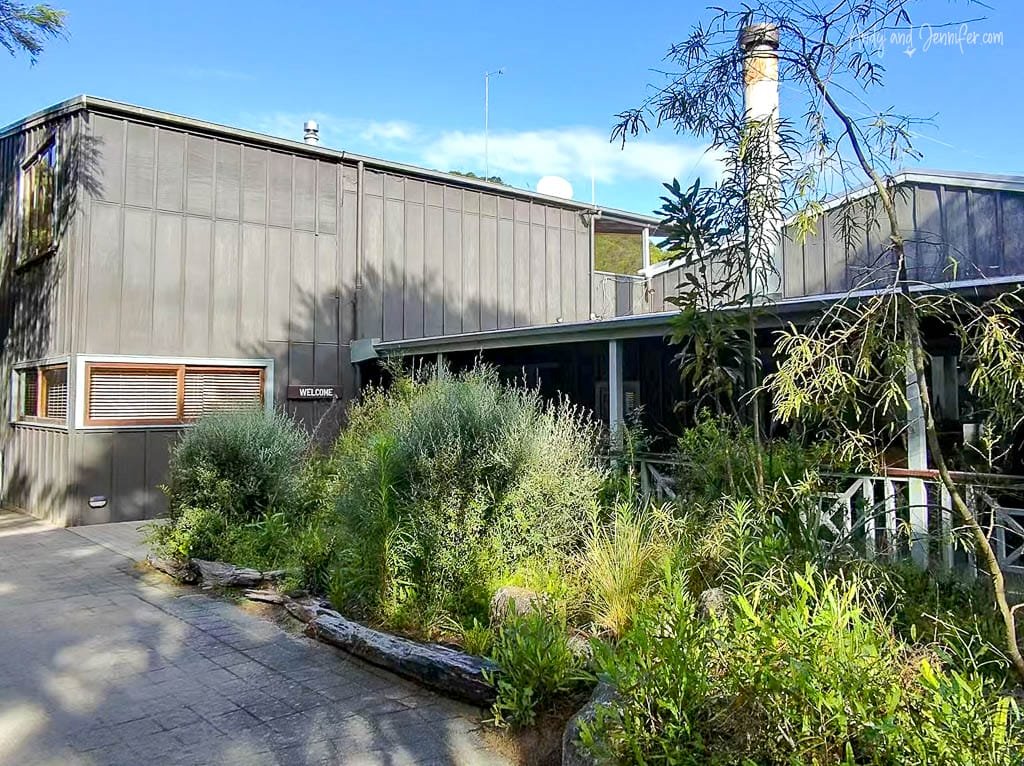
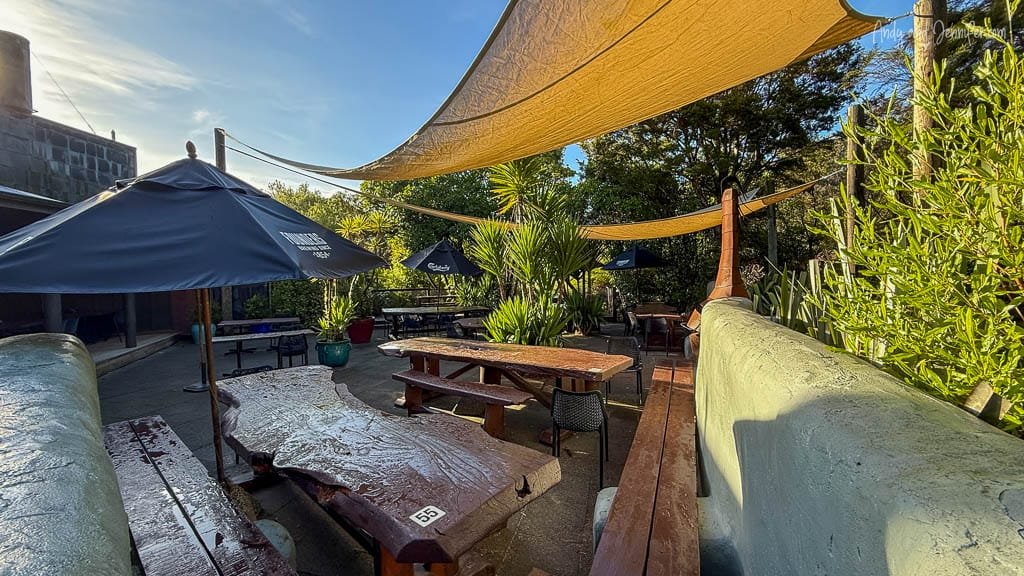
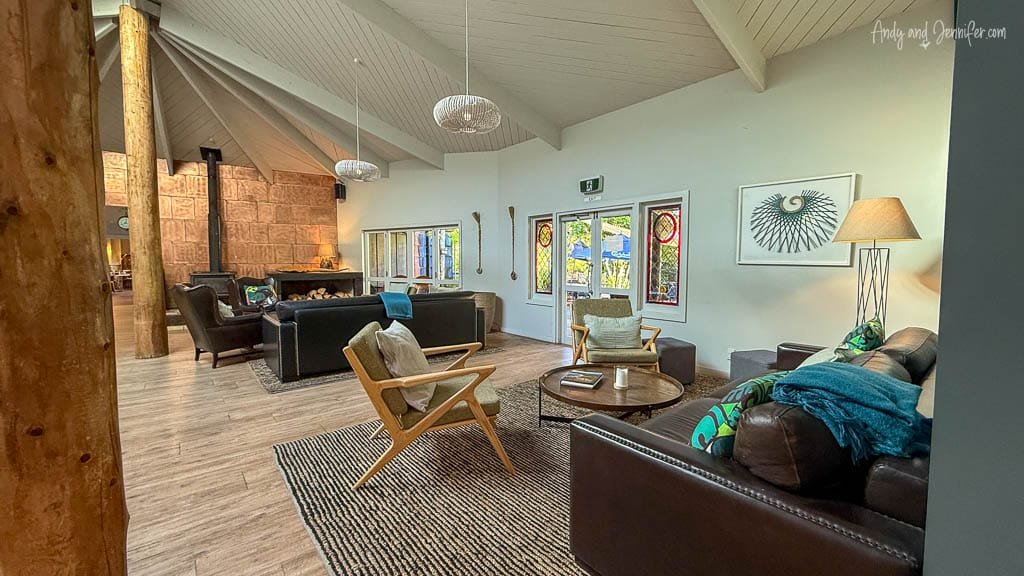
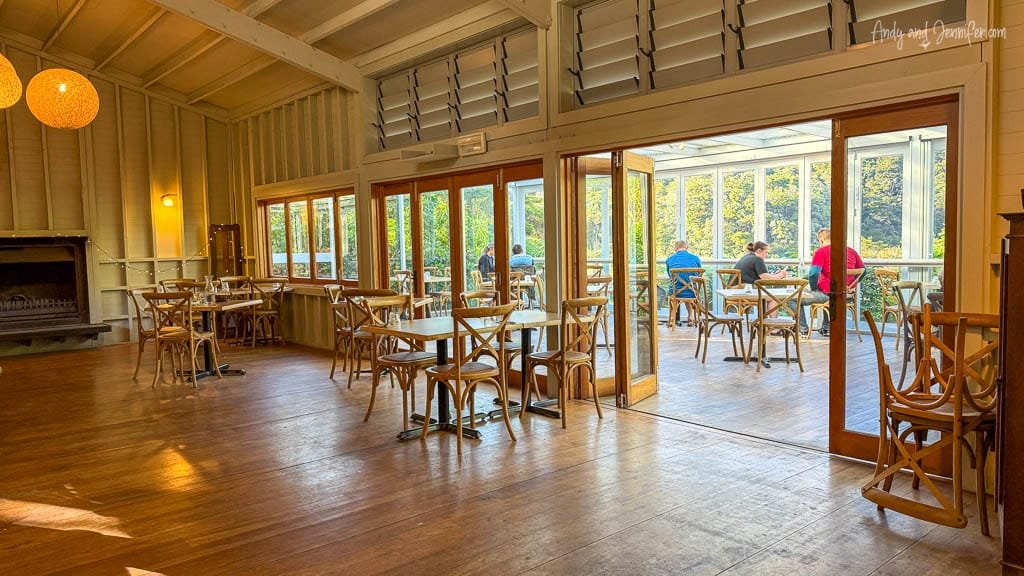
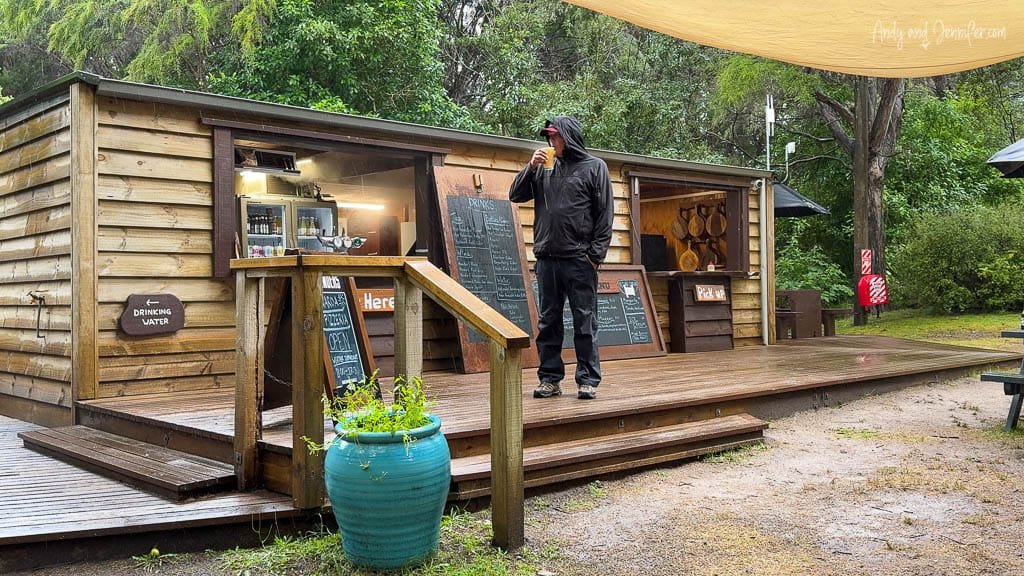
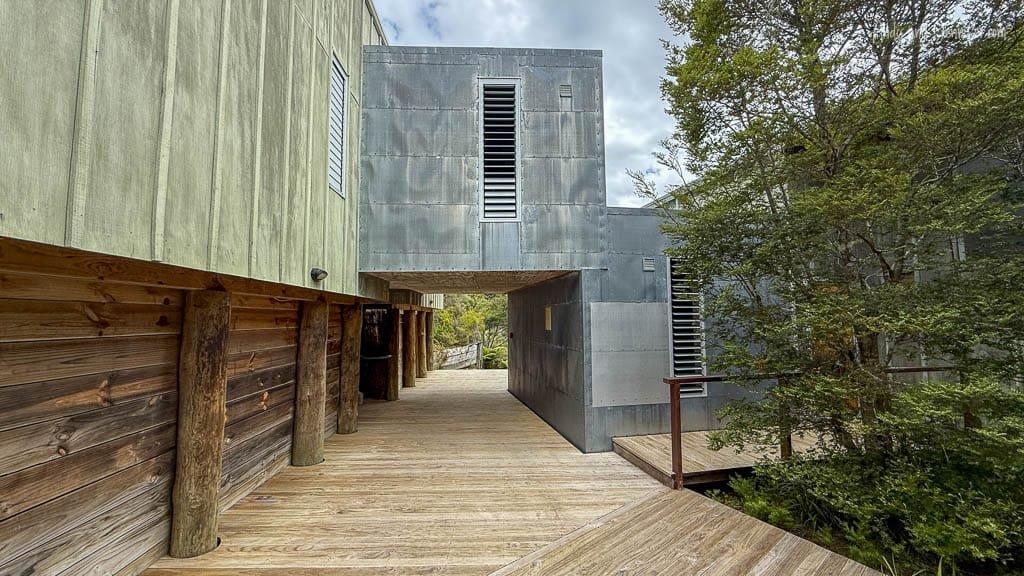
Our “superior” room featured a large sitting area and a terrace overlooking the marsh, providing serene views and a perfect backdrop for relaxation after our hikes.
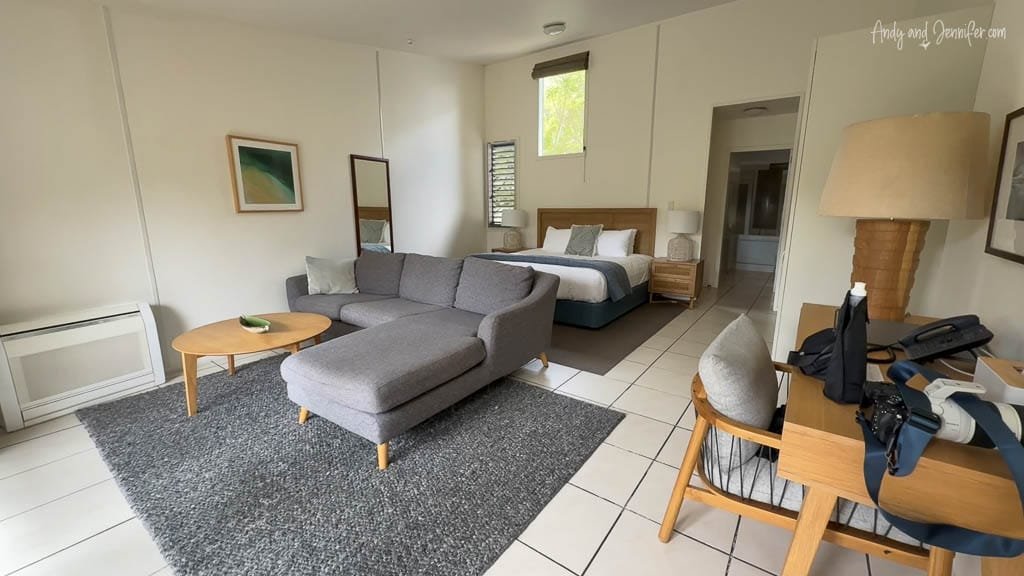
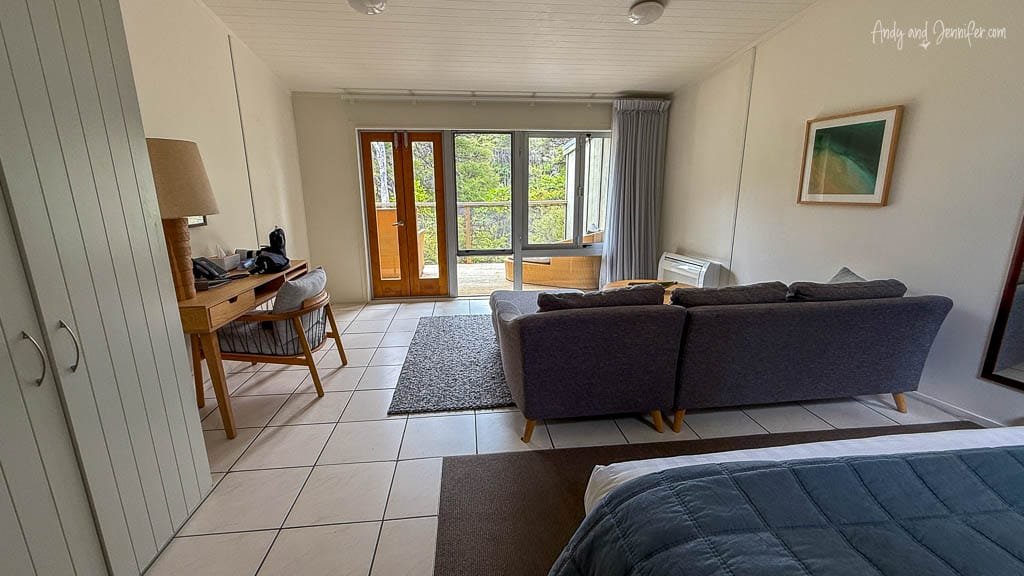

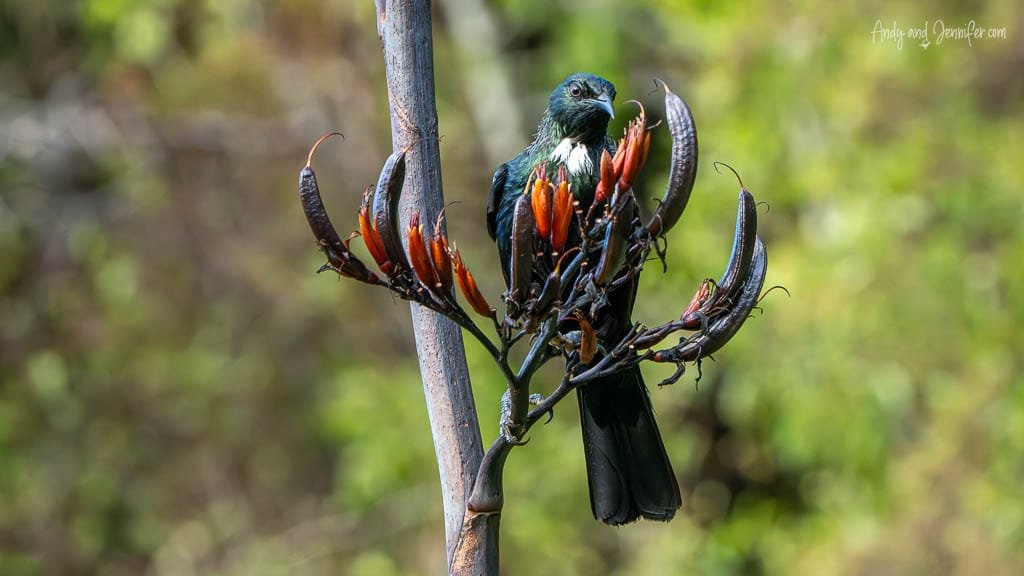
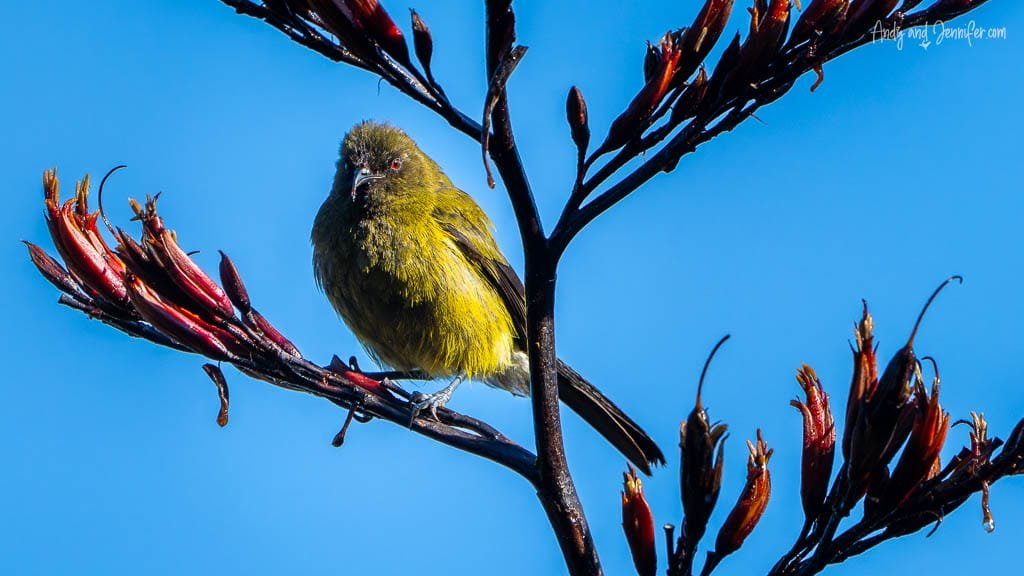
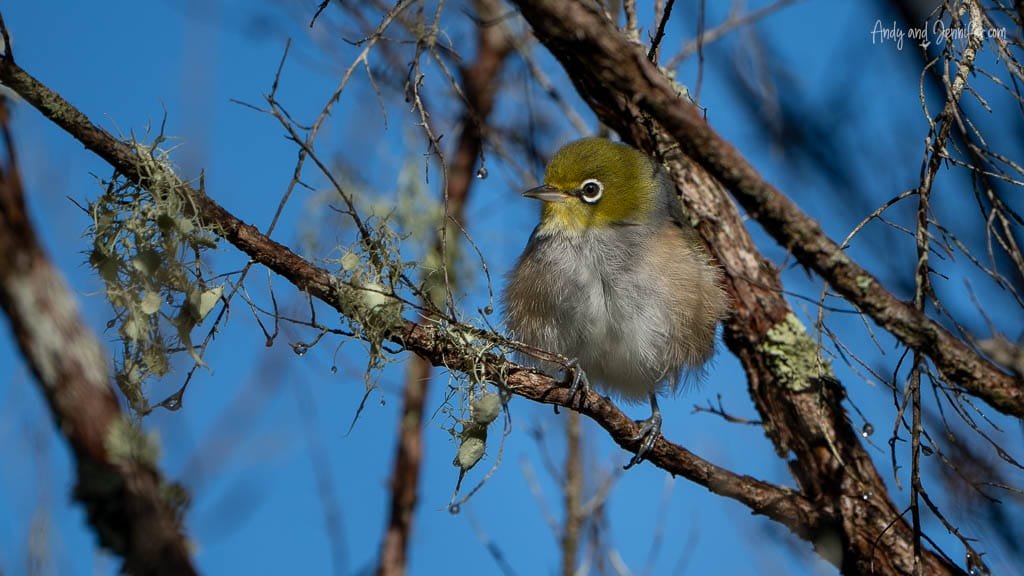
We spotted a sign for “tame eels” and couldn’t resist checking it out, especially after reading in our room’s info sheet that we could grab eel food from the bar. The bartender handed us a ramekin of raw fish and a pair of chopsticks, and off we went.
Turns out, eels are native to New Zealand and thrive in wetlands like those around Awaroa Lodge, where a resident group has become semi-tame. They also carry deep cultural significance for Māori as a traditional food source and symbol of connection to the waterways. Fun fact: The Māori word for eel is tuna.
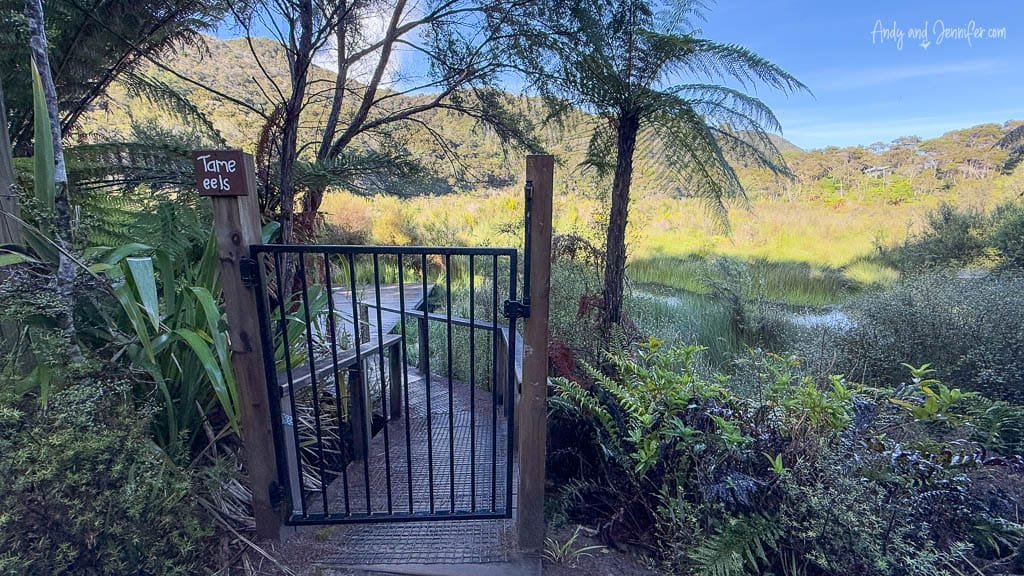
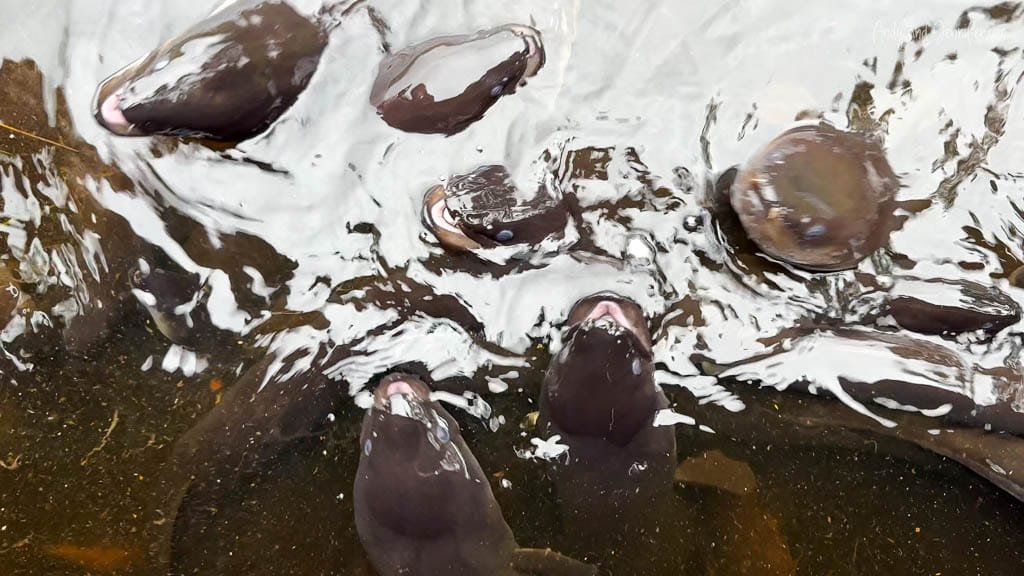
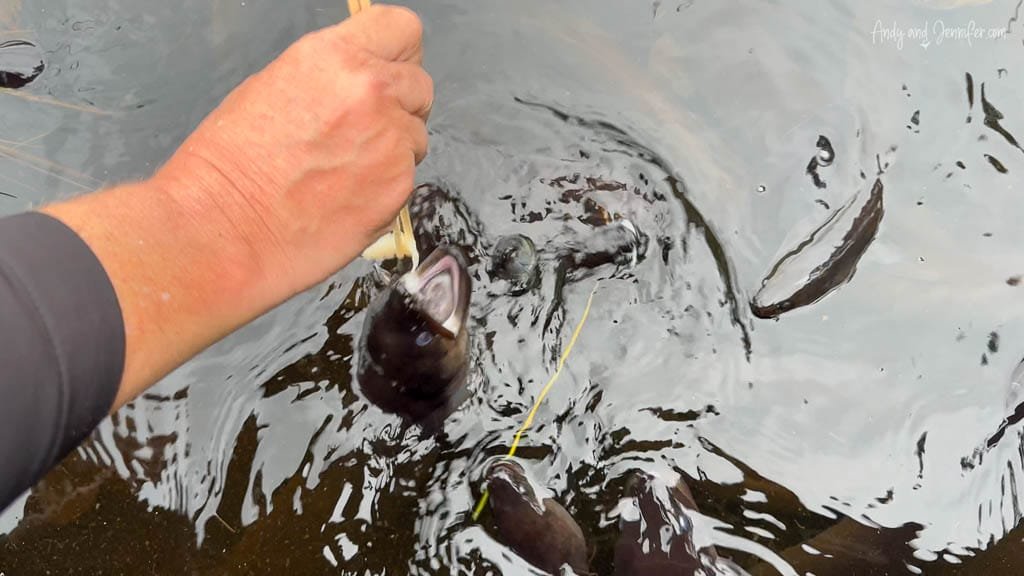
-
Awaroa Loop: This spontaneous hike served to pass time before our room was ready. The trail was relatively flat, passing by the pizza place and eco-glamping sites, and included small water crossings. Once we reached the inlet, we turned onto the high tide track for some low tide views of the inlet. According to my watch, this hike covered 11km and included an altitude gain of 640m.


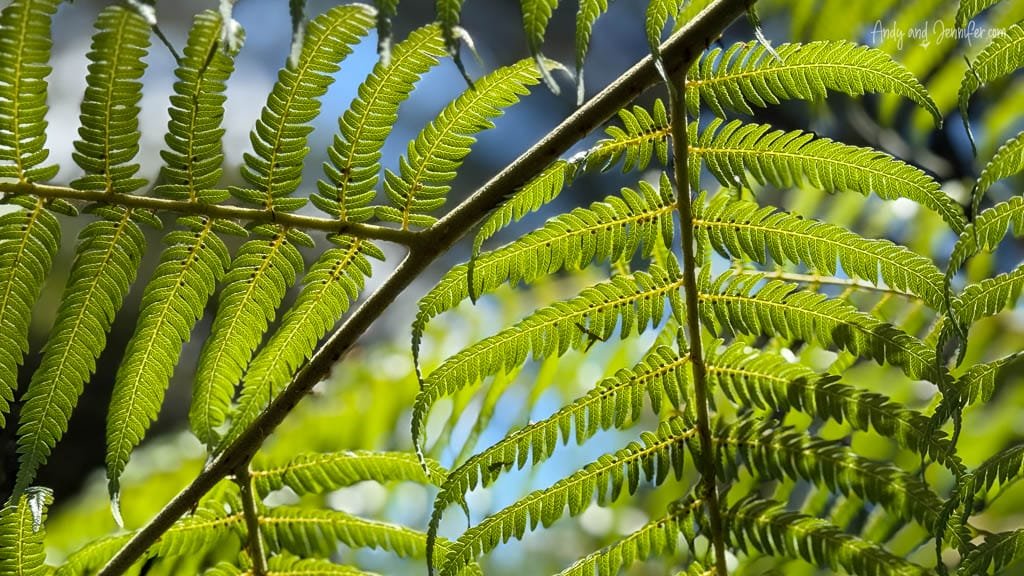
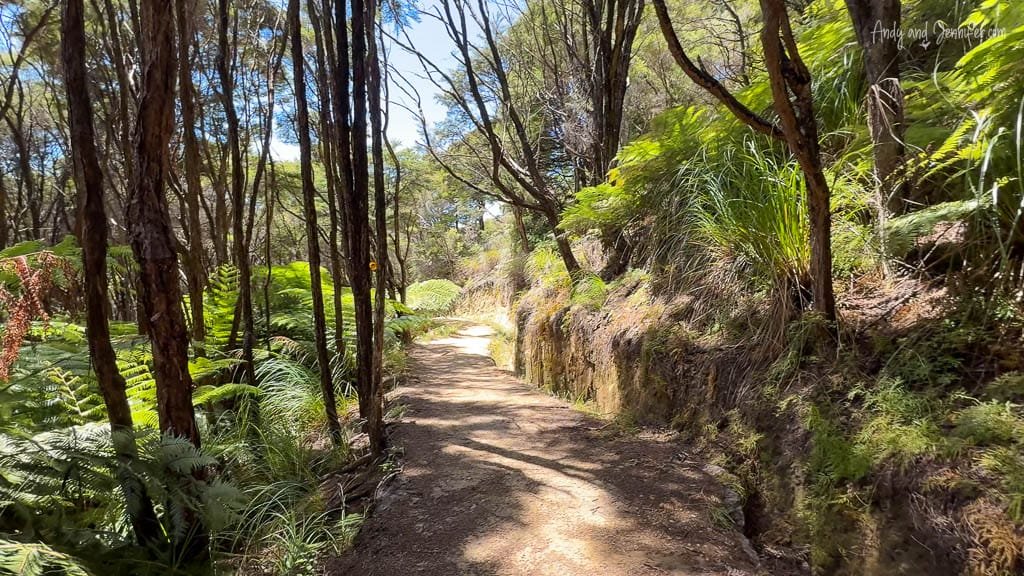
-
Totaranui to Awaroa: For this segment, we opted for a sea shuttle transfer to Totaranui so we could walk one-way back to the lodge. We reached the inlet at low tide, but decided to keep our shoes on as long as possible due to the abundance of shells. The inlet featured unusually relaxed oystercatchers and spoonbills, so we were glad we brought the big camera. We eventually had to take our shoes off to cross a meter-deep channel. We must have missed the most direct route, as my watch reported 12km instead of the 7km we anticipated based on the map.
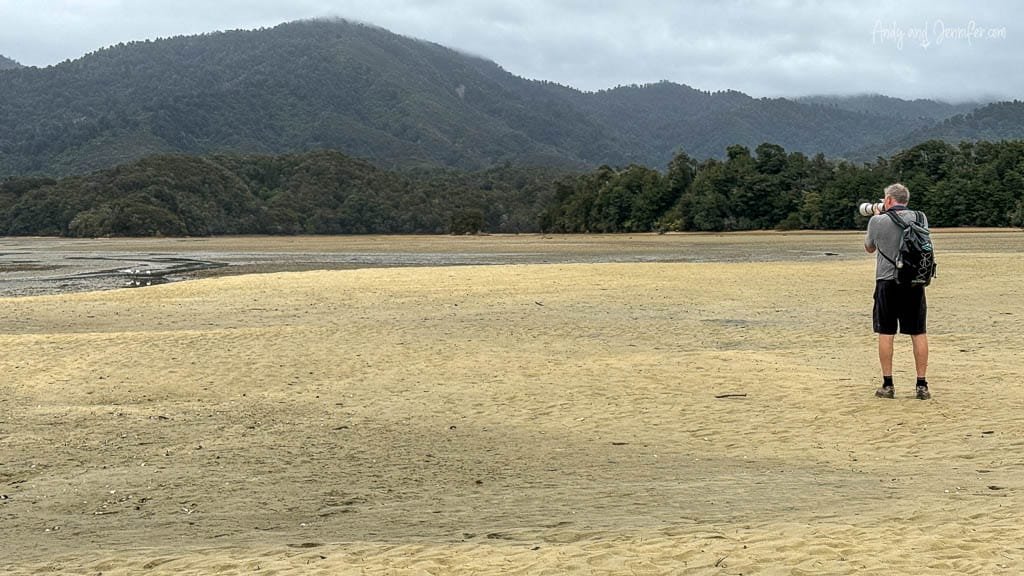
-
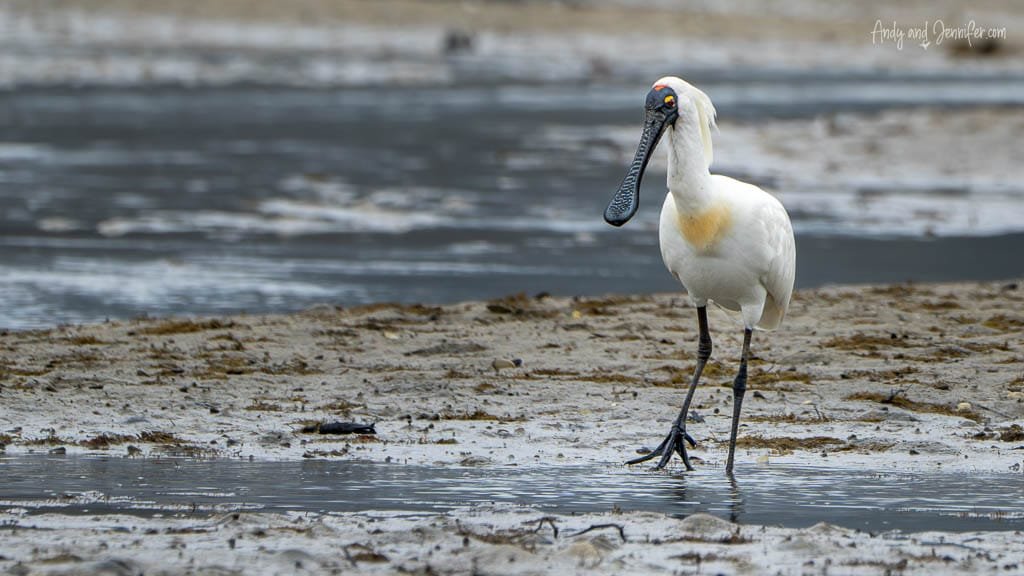
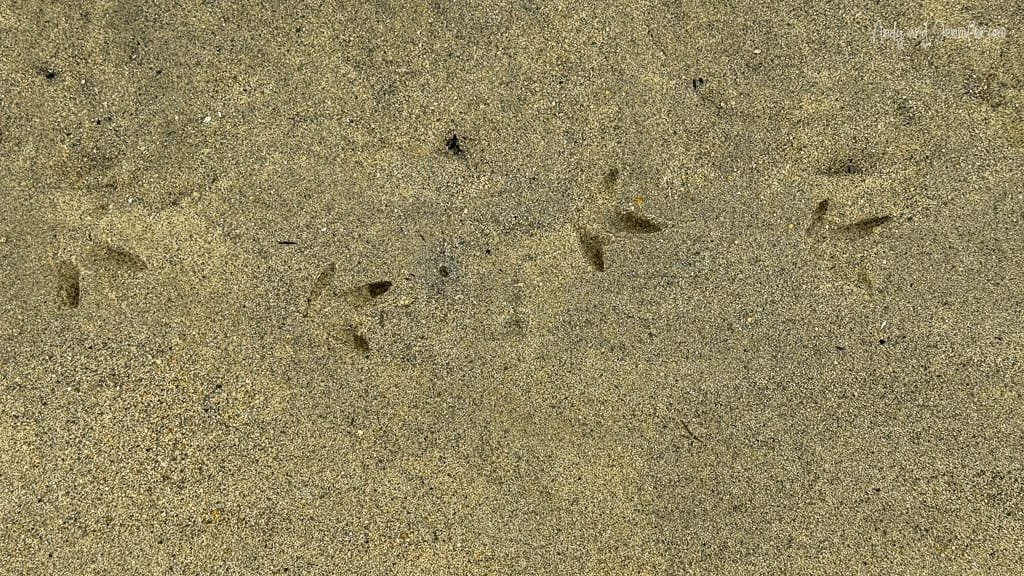
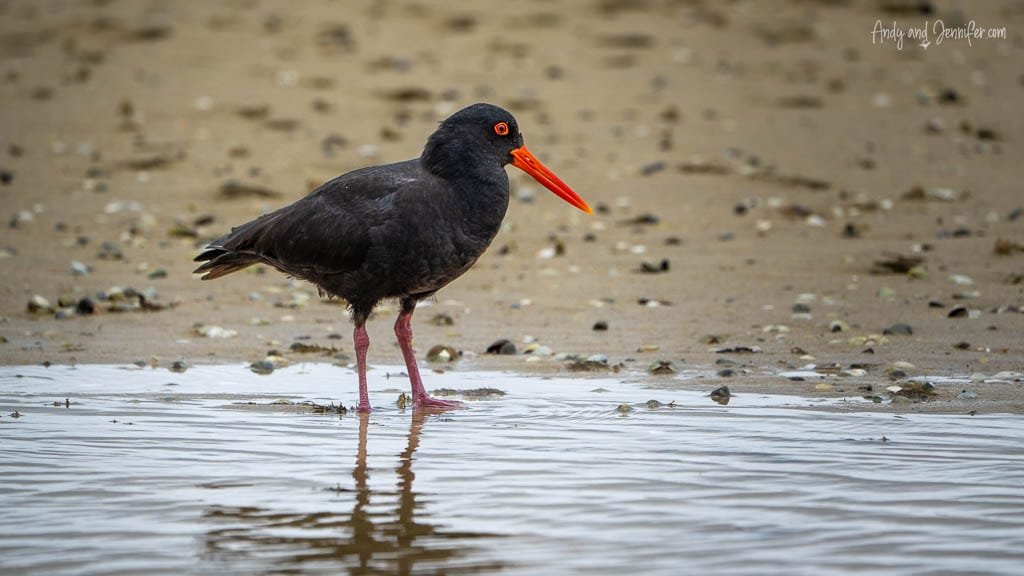
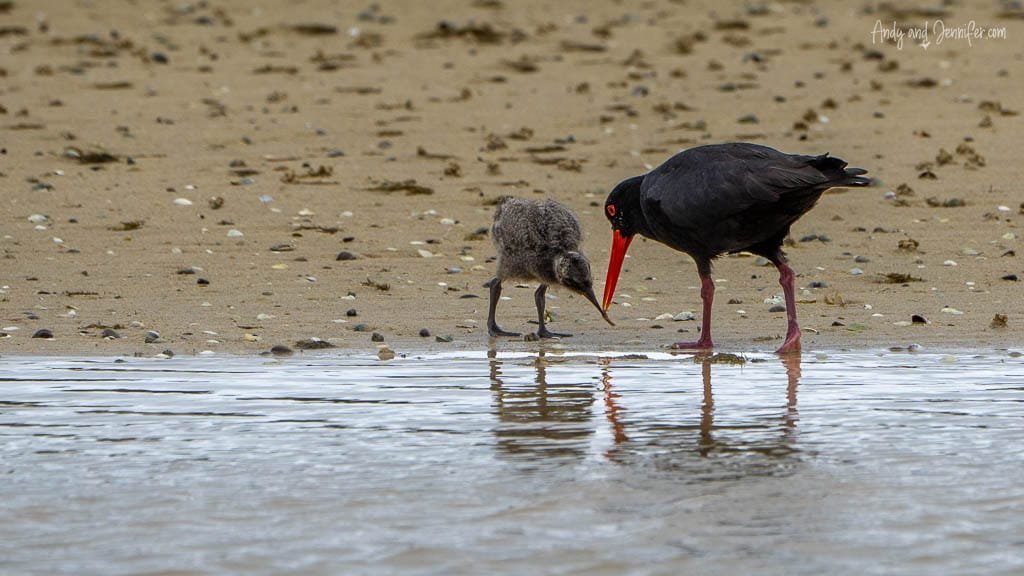
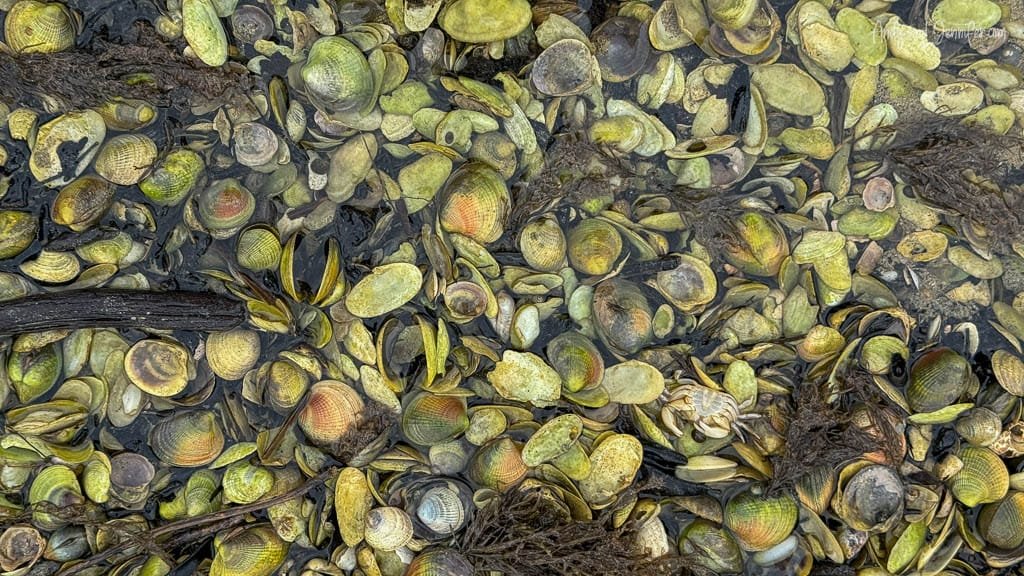
-
Awaroa to Medlands Beach: On our final day, we arranged for a sea shuttle to transport our luggage while we hiked to Medlands Beach for our pickup (kind of the reverse of what that other couple did on arrival). We also arranged for a box lunch and stopped mid way for a snack. Though the map estimated 8.8km, my watch recorded 11.3km with an altitude gain of 641m. The map times were accurate though so we arrived with plenty of time to photograph oystercatchers before boarding the sea shuttle back to Kaiteriteri.
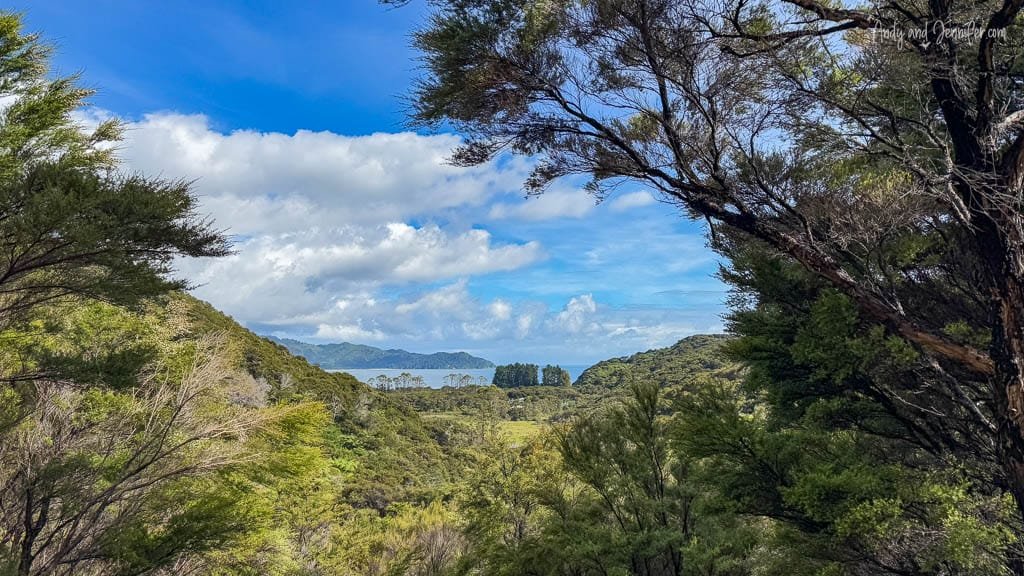
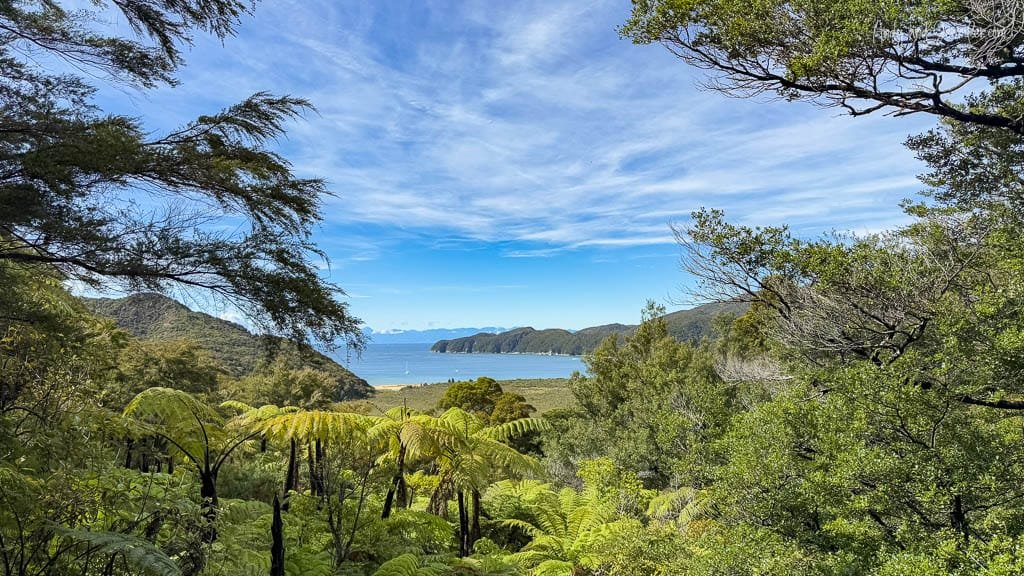
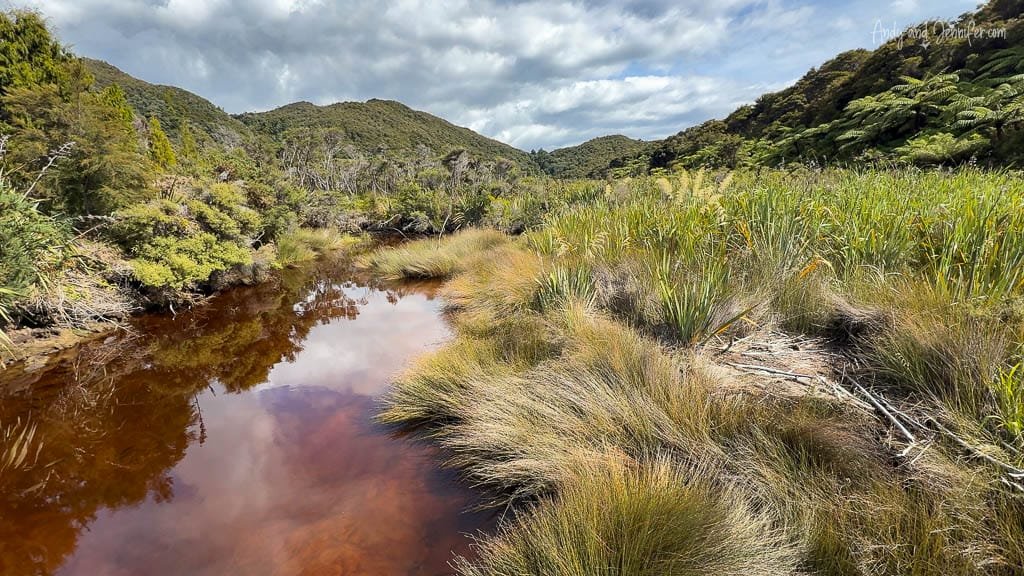
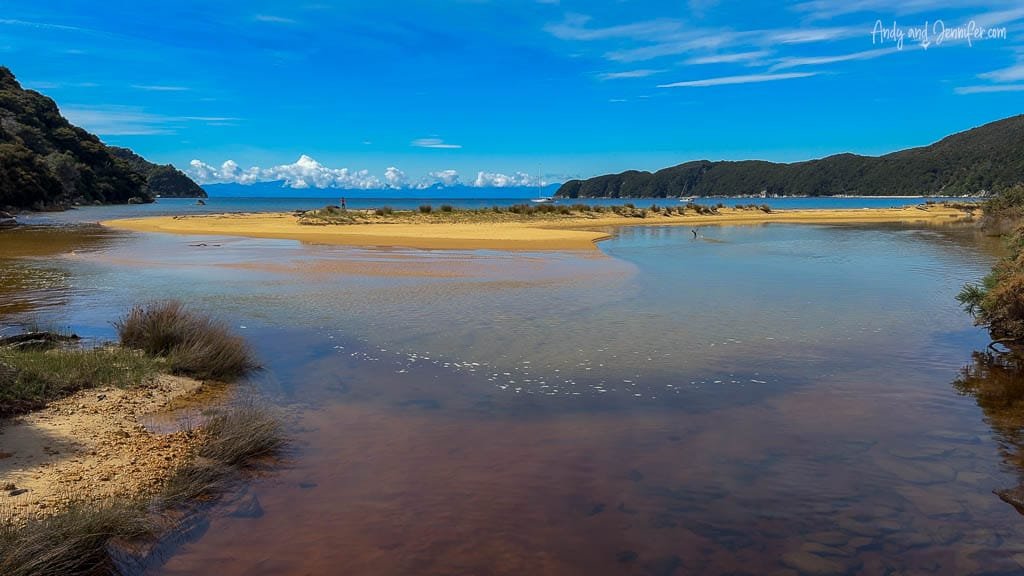
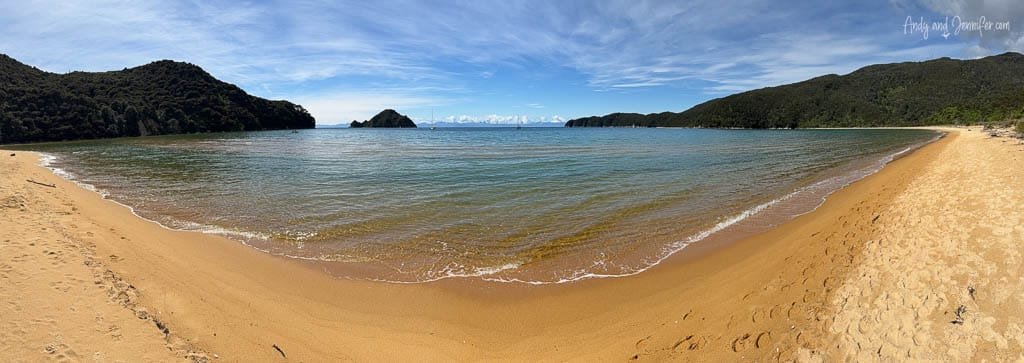
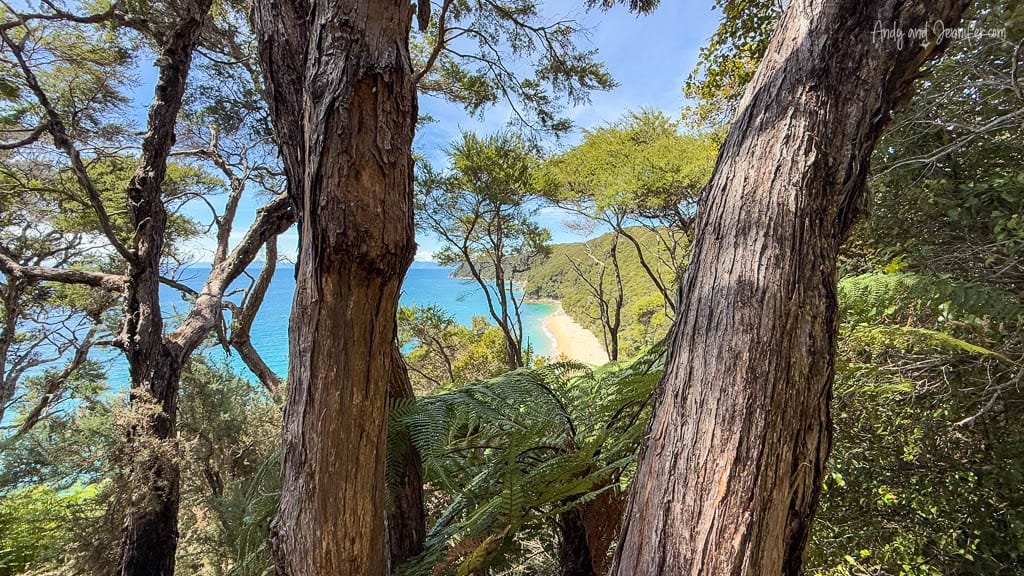
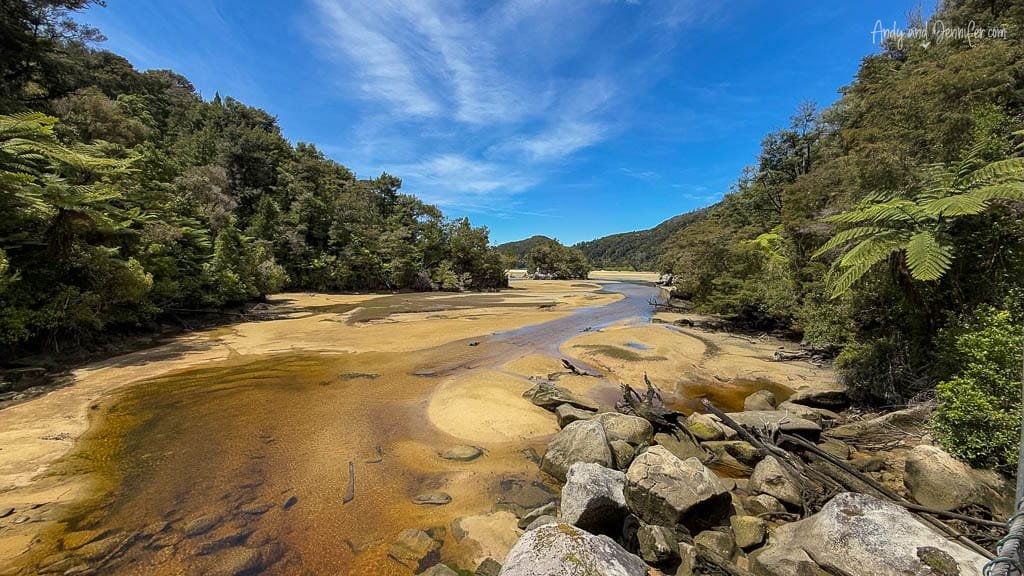
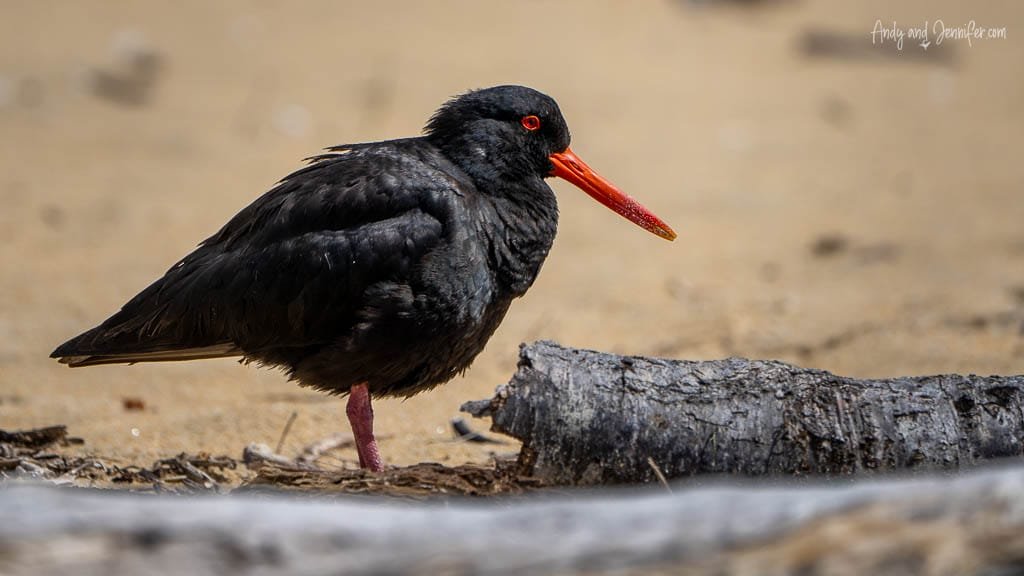
We’re Andy and Jennifer—two former corporate executives who chose long ago to prioritise experiences over stuff while pursuing our passions for travel and photography. From the Arctic to Antarctica, and most places in between, we’ve captured the world through our lenses and love sharing those stories. Our careers gave us the means, but our purpose is inspiring others to explore and helping people create images they’re proud of.

